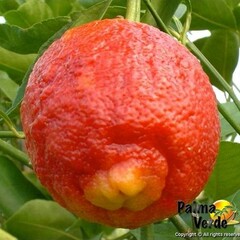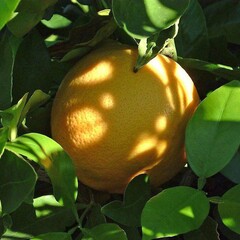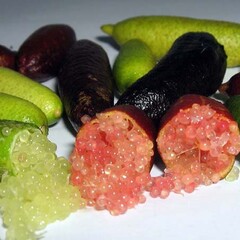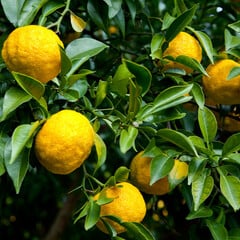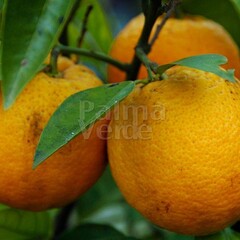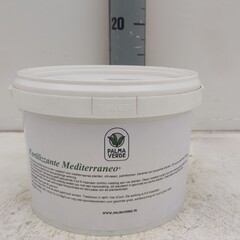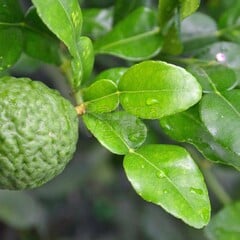Citrus medica is a citrus tree with special properties. For this species, the peel is used in various recipes rather than the flesh. The cedrat is originally from India and has since spread as a cultivar to Western Europe.
This citrus can also be placed on the terrace from mid-May to early October. It has a lovely fragrance, and even the leaves give off a fresh, sweet scent during the summer months. The cedrat is easy to maintain: it requires fertilizer from April to September (every 4 weeks) and has moderate water needs in the summer (it should not be too wet, but also not allowed to dry out).
The fruit is oval-shaped with an irregular peel. The variety known as "Buddha's hand" resembles this species in terms of peel. The fruit can grow to a massive size, with a record weight of 4 kilograms. This is unlikely to happen in our climate. The ripe peel is yellow and contains a deliciously fragrant oil. Beneath this peel is a thick, white, fibrous membrane, with light green or yellow flesh inside. The flesh can be sweet or sour and constitutes only a small part of the fruit.
In Roman times, the fruit of the cedrat tree was often used in dishes. It was also believed that this species had medicinal properties, which is reflected in its Latin name "medica."
After harvesting, the sukade is salted for a month, and then the fruit must be cooked in sugar syrup to confit the peel. Sukade is used in various dishes, including cakes, cake fillings, doughnuts, or gingerbread. Besides sukade, the fruit is also widely used as an essential oil, which is still found in some skincare products.
Cold hardiness zone 10b (+2 ºC).











